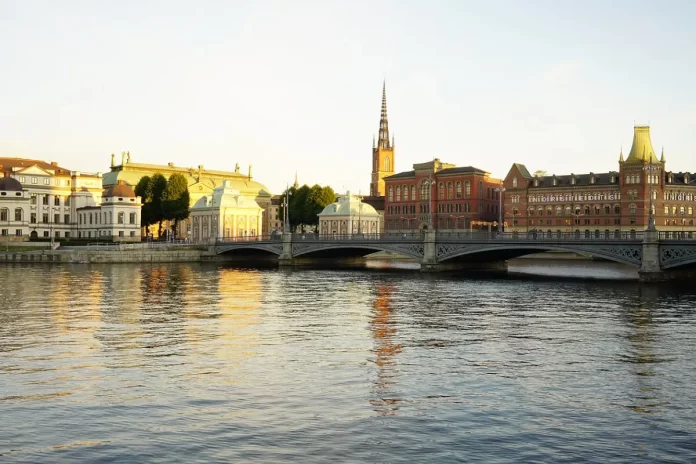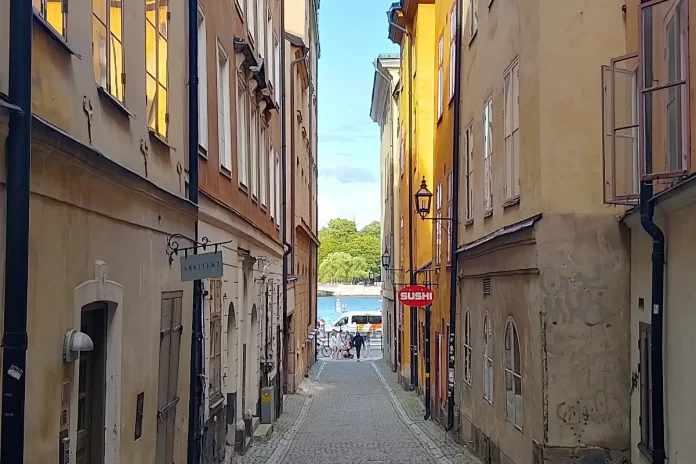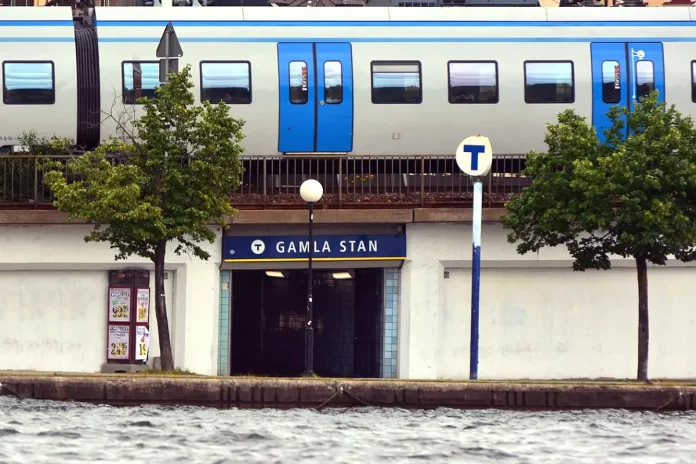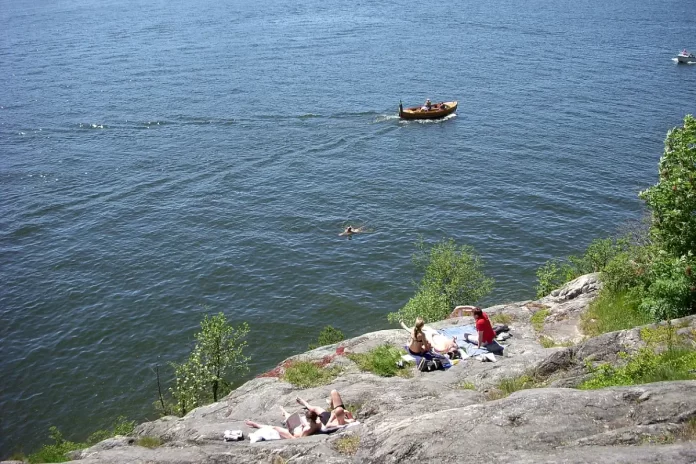Stockholm, often referred to as the “Venice of the North,” is a city defined by its relationship with water. Nestled on 14 islands where Lake Mälaren meets the Baltic Sea, Stockholm’s unique geography has profoundly influenced its history, culture, and daily life.
Understanding Mälaren and Saltsjön helps foreign tourists appreciate this Scandinavian capital’s charm and resilience.
Mälaren: The freshwater heart
Lake Mälaren, Sweden’s third-largest lake, has been a vital freshwater resource for Stockholm since its founding in the 13th century. The lake’s name is derived from the Old Norse word “mælir,” meaning gravel, indicative of the fertile lands that surround it. Mälaren’s freshwater has been crucial for drinking, agriculture, and industry, sustaining Stockholm’s population through the centuries.
Historically, Mälaren served as a natural defense barrier against invasions. The Vikings, who once dominated the region, used the lake’s intricate network of waterways for trade and exploration. Birka, an ancient Viking trading center located on Björkö Island in Mälaren, is a UNESCO World Heritage site and a testament to the lake’s historical importance.
Today, Mälaren remains a recreational haven for Stockholmers and visitors alike. Its serene waters are perfect for boating, fishing, and swimming during the summer months. The lake’s picturesque islands, such as Drottningholm with its royal palace, offer a glimpse into Sweden’s regal past and are easily accessible by boat tours.
Saltsjön: The gateway to the world
Saltsjön, the eastern arm of the Baltic Sea, has been Stockholm’s gateway to the world for centuries. The name “Saltsjön” translates to “Salt Sea,” reflecting its brackish waters that mix with Mälaren’s freshwater. This strategic location has made Stockholm a bustling port city, facilitating trade and cultural exchange with other parts of Europe and beyond.
During the Middle Ages, the Hanseatic League, a powerful commercial and defensive confederation of merchant guilds and market towns in Northwestern and Central Europe, established Stockholm as a key trading hub. Goods such as iron, copper, and timber were exported from Sweden, while luxury items and spices were imported, enriching the city’s economy and cultural landscape.
The importance of Saltsjön is also evident in Stockholm’s maritime heritage. The Vasa Museum, home to the well-preserved 17th-century warship Vasa, is a must-visit for tourists. The ship, which sank on its maiden voyage in 1628, was salvaged from the depths of Saltsjön in the 20th century and stands as a poignant reminder of Sweden’s naval ambitions and engineering prowess.
The lifeblood of Stockholm
Together, Mälaren and Saltsjön form the lifeblood of Stockholm, shaping its identity and fostering a unique blend of urban and natural environments. The city’s extensive archipelago, with over 24,000 islands, is a direct result of this confluence of freshwater and saltwater. Exploring these islands by ferry or kayak offers tourists a chance to experience the untouched beauty and tranquility that lie just beyond the urban hustle.
Moreover, Stockholm’s waterfront promenades, such as Strandvägen, Skeppsbron, and Norr Mälarstrand, provide scenic views and vibrant atmospheres where locals and tourists alike can enjoy the city’s maritime charm. The annual Stockholm Archipelago Fair and the Baltic Sea Festival celebrate this deep connection with water, highlighting sustainable practices to preserve these vital waterways for future generations.
Conclusion
For foreign tourists, Stockholm’s relationship with Mälaren and Saltsjön is not just a geographical curiosity but a window into the city’s soul. These waterways have helped Stockholm grow, protect its people, and connect it to the world.
As you explore this stunning city, take a moment to appreciate the shimmering waters that have shaped its past and continue to inspire its future. Stockholm is all about water, whether you are sailing the archipelago, visiting historical sites, or enjoying a waterfront café.






